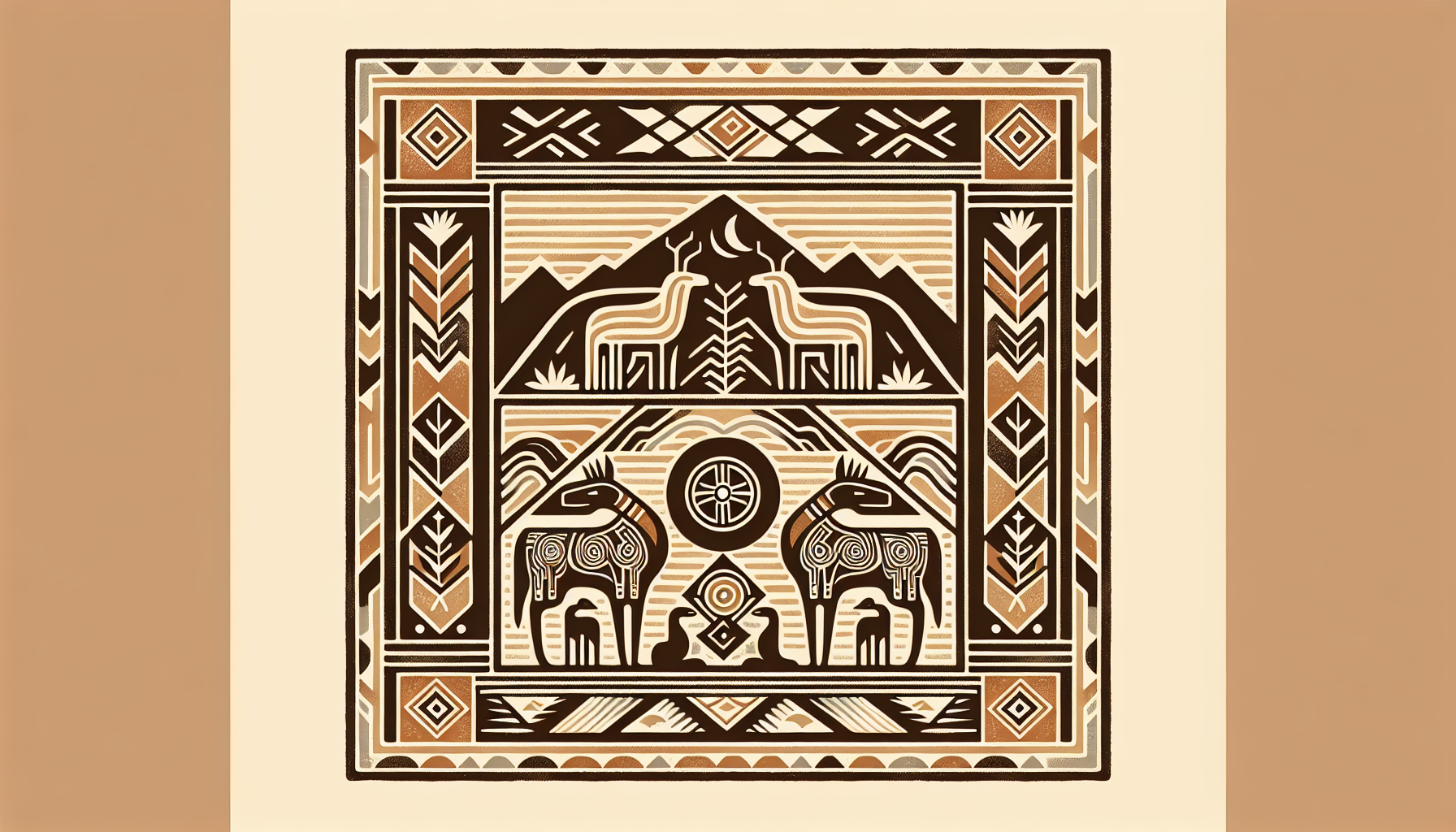From weaving and silversmithing to pottery and painting, Navajo art encompasses a diverse range of mediums and styles. Its influence can be seen, not only in the Southwest United States, where the Navajo Nation primarily resides, but also in the broader global art scene.
Navajo art is rooted deeply in the tribe’s spiritual beliefs and customs, and it reflects the Navajo’s close connection with the natural world, their history, and mythology. Today, it remains a powerful channel for the Navajo people to communicate their identity, stories, and beliefs to the world.

One of the most well-known forms of Navajo art is weaving. Navajo rugs and blankets are revered for their intricate patterns and stunning colors. Each piece tells a story or represents a specific aspect of Navajo life, whether it’s a reference to a traditional ceremony or a depiction of the beautiful Southwestern landscape. Currently, Navajo weaving is experiencing a resurgence, with contemporary artists infusing traditional designs with modern themes and techniques.
Silversmithing is another significant aspect of Navajo art. The Navajo were introduced to silversmithing by the Spanish in the 19th century. This craft quickly became a part of Navajo culture, with artists creating exceptional jewelry pieces from silver and turquoise. These pieces often feature symbols and imagery central to Navajo spirituality. Today, Navajo silverwork is highly sought after for its intricate designs and remarkable craftsmanship.
Navajo pottery, though less recognized globally compared to weaving and silversmithing, carries an equally compelling narrative. Traditionally, Navajo pottery was not glazed or painted, making it distinct from the pottery of other Southwestern tribes. Instead, it was often etched or incised with designs after firing.
These designs were typically geometric or derived from nature, reflecting the Navajo’s spiritual connection to the earth and their environment.
In recent times, Navajo artists have branched out into other art forms, including painting, sculpture, and photography.
These contemporary forms of expression allow artists to explore new themes and experiment with different styles while still preserving the essence of Navajo culture and tradition.
Today, the influence of Navajo art extends far beyond the borders of the Navajo Nation. It has captured the interest of art collectors, fashion designers, and interior decorators worldwide. Its unique blend of traditional elements and contemporary flair brings an authentic and vibrant touch to any space.
Moreover, Navajo art serves as a powerful reminder of the tribe’s resilience and strength.
Despite years of colonization and displacement, the Navajo people have managed to maintain and evolve their artistic traditions. Their art serves as a testament to their enduring spirit and the depth of their cultural heritage.
As we continue to appreciate and explore Navajo art, it’s vital to respect its cultural significance. Each piece is not merely a beautiful object, but a story, a belief, or a piece of history embodied in physical form. By appreciating Navajo art, we celebrate the rich heritage of the Navajo people and contribute to the preservation of their unique culture and artistic traditions.